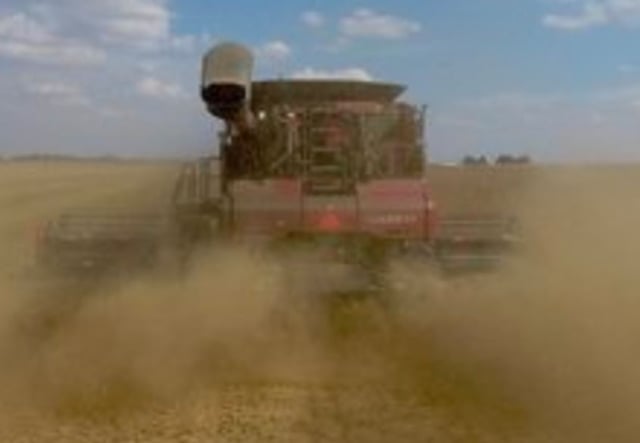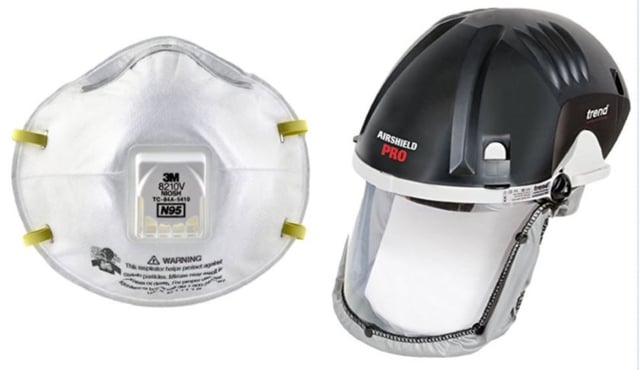Are you dreading breathing in dust this harvest season? The way it makes you feel crappy, stuffed up, having a runny nose, a cough and affecting your overall health? It’s certainly understandable.
Breathing in harvest dust can create health problems. We seem to understand the concept that hearing loss is accumulative, but do we stop to think about the effects of what we are breathing in during harvest….year after year?

You can reduce the likelihood of having reactions to harvest dust by taking a few precautions.
- Combine cab air filters: Keep combine cab air filters clean and make sure they are installed properly. Check to see that the gaskets are intact so that air is being filtered correctly.
- Combine cab door: Ensure the door fits tight and all rubber gaskets around windows and doors are in good condition. Running the fan can create a small pressure and help minimize dust concentrations.
- Combine cab: Keep the cab as clean as possible to reduce the amount of dust circulating in the combine operator’s space. Sweep the cab floor regularly.
- Avoid direct exposure: Stay in the cab with the door closed when unloading. If you must be outside during the unloading, use the wind to your advantage so dust is blown away from you.

- Wear a respirator: Wear a NIOSH-approved N-95 dusk mask respirator. The label will tell you what the respirator is designed for and how much it will protect you. It will filter out 95% of non-oil based airborne particles. These respirators come with two straps and metal adjustable nose clip to create the best possible seal. Take special care in the selection of masks to assure a fit that conforms to your face.
- Powered Air Purifying Respirators: When working around contaminated grain dust with bacteria, consider using a powered air purifying respirator (PAPR). A powered air purifying respirator features a helmet with mask and a pump. Air is pumped through the respirator filters and feeds fresh air into your breathing space. A built-in fan circulates filtered air to prevent fogging and it provides some cooling. This does not require a fit test.
Closing Thoughts
Take measures to protect your respiratory system this harvest. Make time to stay on top of keeping filters and the combine cab clean. Manage what is in your control by avoiding direct exposures to dust whenever possible….whether your sensitive to dust or not. Wear a NIOSH approved N-95 dust mask respirator when working in dust cannot be avoided. Simple measures you take now can affect your health in the near term and for years to come, for you and the people around you.



